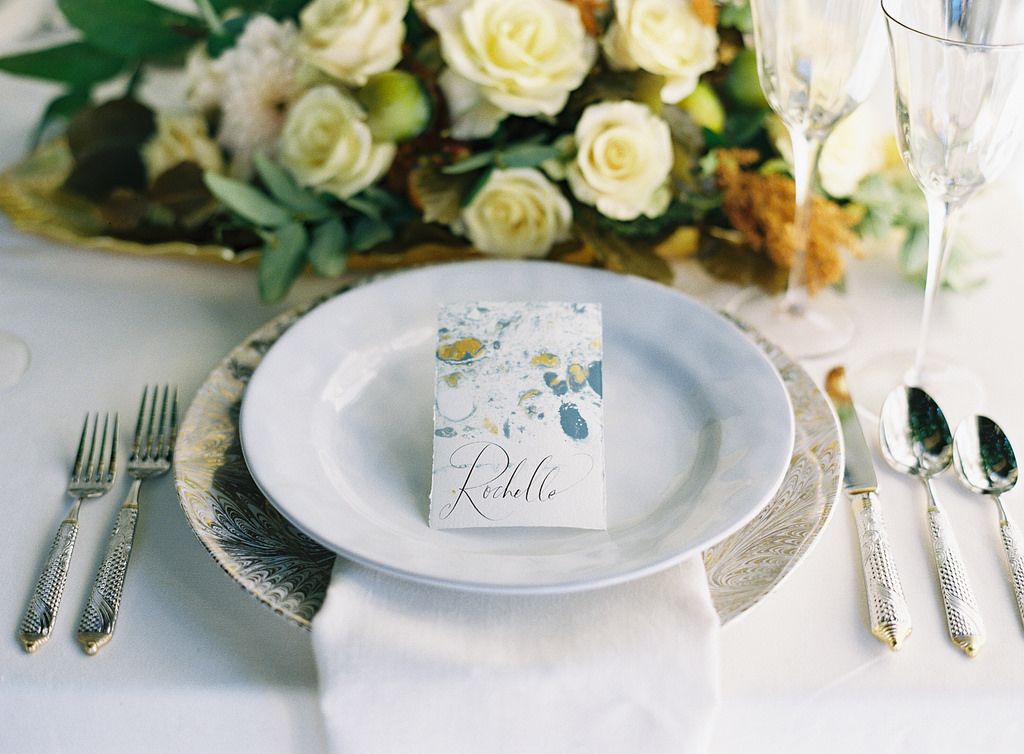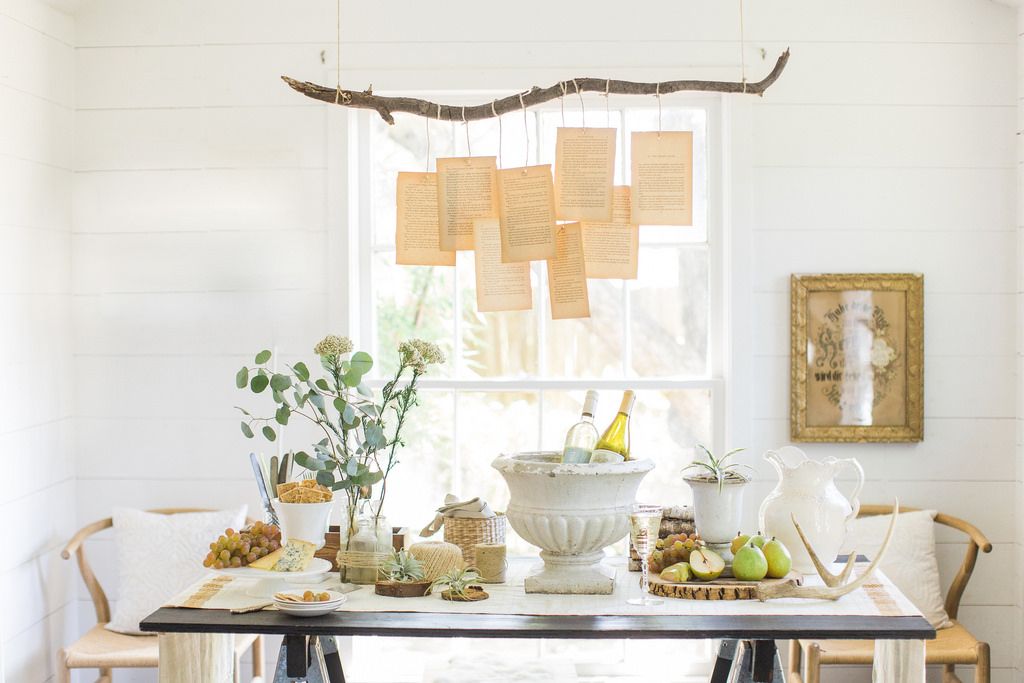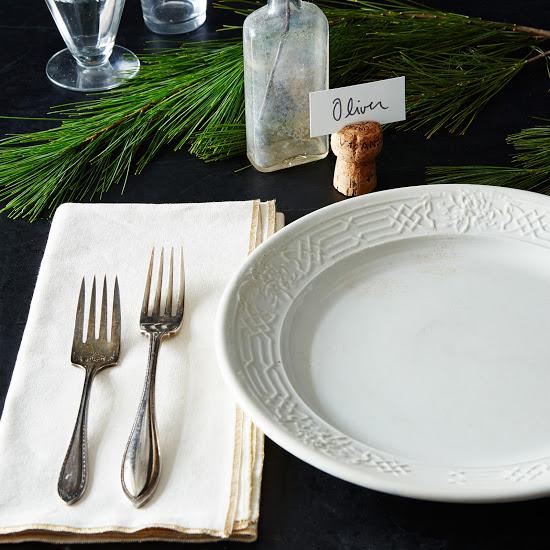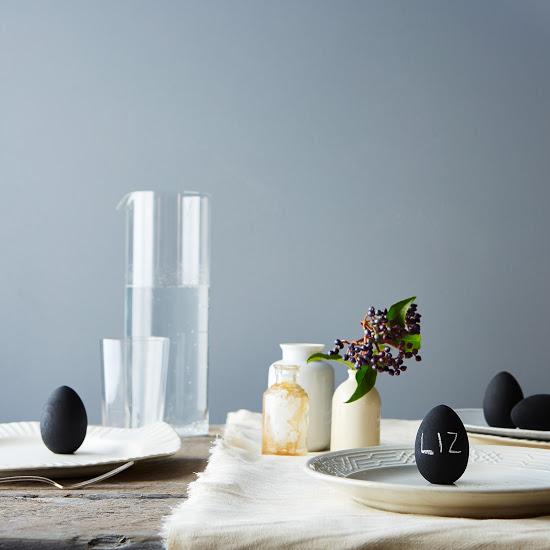Inspired by conversations on the Food52 Hotline, we're sharing tips and tricks that make navigating all of our kitchens easier and more fun.
Today: Tips to get your dinner party seated for success.

Anyone who has planned a wedding with a sit-down dinner (or witnessed said planning, or thrown any seated dinner party—ever) knows what a minefield it can be. You can’t sit your cousin near her ex-boyfriend. Your aunts don’t get along. Your uncle needs someone who will down a tequila shot with him, and your very conservative grandfather and very liberal roommate should be separated by at least three seats. The solution: A smart seating plan that will help the evening run smoothly and encourage conversation.
More: Once you plan your seating chart, make gorgeous DIY place cards.

Etiquette lessons seem to be sadly falling out of favor. While I fully support the idea of more casual entertaining, there’s a lot to be learned from the by-the-book lessons of past decades.
We gathered some of the best advice—from friends and our own trial and error—about seating plans. While this doesn’t strictly apply to non-seated events, it’s still a useful way to think about how to orchestrate the mingling of your guests.
Who Knows Whom?
Separate couples and close friends. They hang out with each other all the time—and now’s the time to meet new people. Instead, think about mutual interests and personalities. Seat people together who both love film, or work in the same industry, or have a similar sense of humor.
Think of yourself as the matchmaker here, only your goal is to foster lively conversation instead of relationships (although if that happens, bonus! You’ll probably get to be their future children’s godparent).

Chat Them Up
Introduce people. As the host, your job is to facilitate mingling. Using the logic above, disperse bits of information to everyone to encourage chatter. Two of your guests are trying to buy a house? Tell them that! Your cousin and your husband’s boss love to cook? Let them know as you fill their wine glasses.
Table Time
Aim for one big table if you can. This gets everyone involved in the conversation and keeps dinner livelier. If you need to break up the group, round tables are ideal over square ones for encouraging interaction. As the host, seat yourself where you feel most comfortable (ideally near the kitchen so you can easily keep an eye on things and not stress about dinner).
Should you have a kids' table? Maybe, and here's what you should consider: A kids' table is a nice way to let adults have their own time for dinner, while children play amongst themselves. But if you think any of the parents will be distracted with their kids eating elsewhere, skip it.
Separate Talkers
Try and intersperse chattier people. There’s nothing less fun than being stuck at a quiet end of a dinner party while the other side of the table is laughing uproariously all night. If you have a few “life of the party” guests, seat them all around to keep the mood energetic everywhere.


All About Balance
Alternate seating men and women. Sure, call this a dated concept. But I like the idea of it still—and Emily Post says we should, so who are we to argue? This strategy helps to avoid the seventh grade dance syndrome, wherein boys talk to boys and girls to girls.
Avoid Landmines
Think about guests that might rub each other the wrong way: a gossip, someone with intense political views, and so on. Use some common sense to seat them.
Above all, have fun! A happy, relaxed host is the best key to a successful party. Invite people you like. Plan ahead so you aren’t stressed. Have a glass of wine early on. All of this will ensure that you are bubbly and conversational: Your guests will take their cues from you.

Photo of "Rochelle" card by Joey Kennedy; photo of branch hanging by Paige Morse; photos of cork and egg placeholders by Mark Weinberg; all others by James Ransom
What tips do you have for a successful seated dinner party?







See what other Food52 readers are saying.